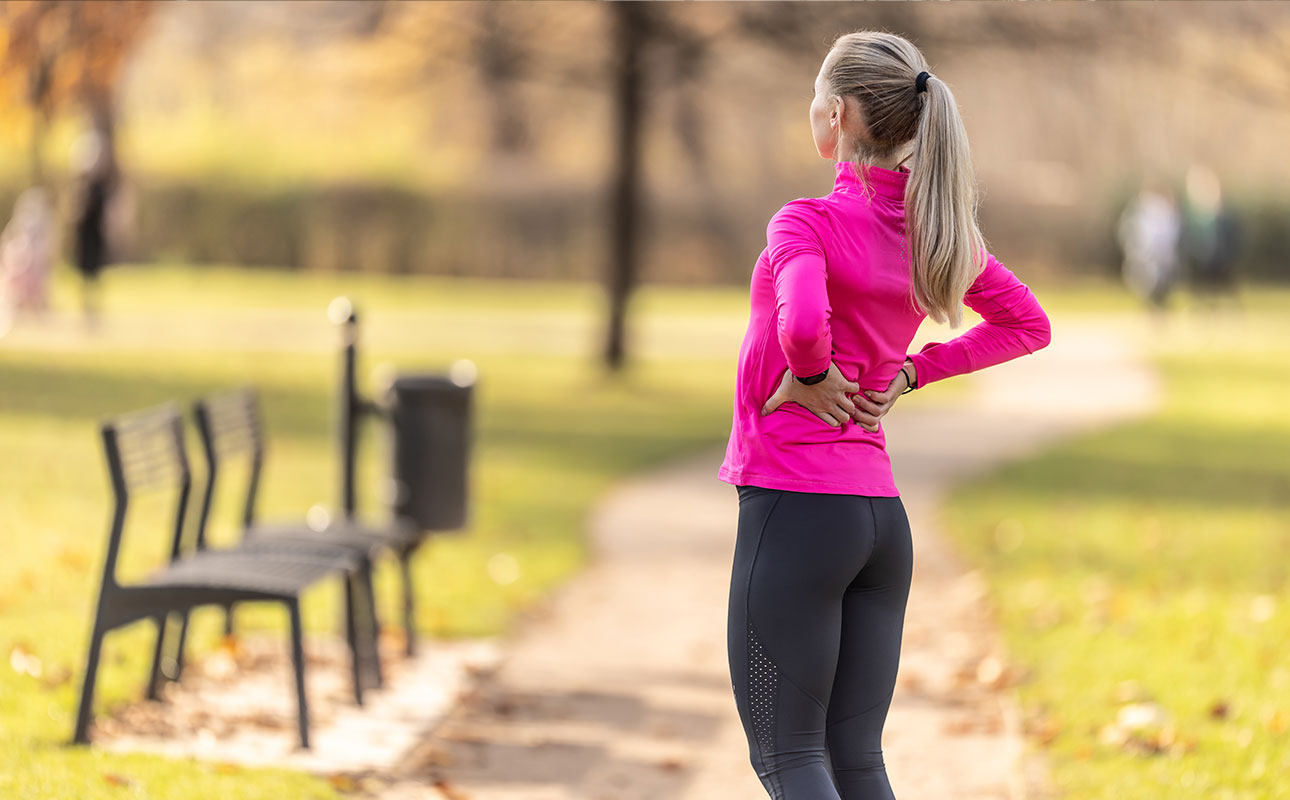
When we think about core muscles, most people picture abs. But there’s a deeper, often overlooked group of muscles quietly influencing everything from your posture to your running form: the hip flexors. If you’re dealing with lower back discomfort, especially after sitting, running, or lifting, your hip flexors could be a big part of the problem.
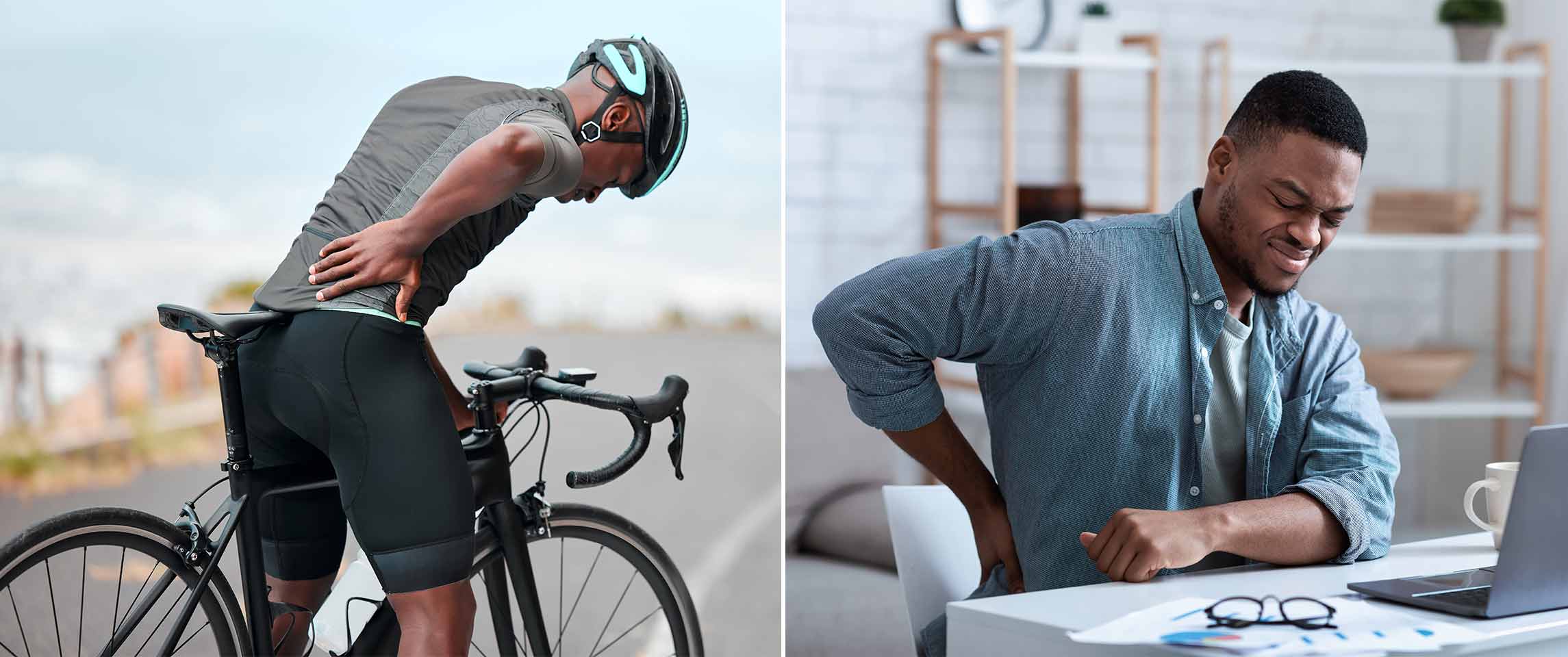
What Are the Hip Flexors, and What Do They Do?
Your hip flexors are a group of muscles located at the front of your hips, responsible for lifting your knees towards your chest and bending at the hip. The main players are:
- Iliopsoas (the strongest, deepest hip flexor, connecting your spine to your thigh)
- Rectus femoris (part of your quadriceps)
- Sartorius (the longest muscle in the body)
- Tensor fasciae latae (TFL)
These muscles aren’t just for movement. They also help stabilise your pelvis and spine during walking, running, and standing.
How Tight or Weak Hip Flexors Contribute to Back Pain
Modern lifestyles with hours at the desk and sports like running, cycling, and football can lead to hip flexors that are either tight, weak, or both. Here’s how that affects your back:
- Tight hip flexors pull the pelvis into an anterior tilt (forward rotation), increasing the curve in your lower back (lumbar lordosis). This places extra stress on your lumbar spine.
- Weak hip flexors struggle to stabilise the pelvis during movement, leaving other muscles like your lower back to overcompensate.
Both scenarios can result in lower back discomfort, muscle imbalances, and even strain injuries over time.
Signs Your Hip Flexors Might Be a Problem
- Stiffness or aching in the front of your hips or lower back after sitting
- Difficulty standing fully upright after prolonged sitting
- Lower back pain during or after running, especially uphill or sprinting
- A noticeable forward tilt in your pelvis when standing
What Can Help?
The good news is you can improve both the flexibility and strength of your hip flexors with a combination of simple stretches and strengthening exercises. Movements that target the front of the hip, glutes, and deep core muscles can dramatically ease discomfort and restore balance around the pelvis. Exercises such as hip flexor stretches, glute bridges, core control drills, and single-leg balance work are excellent ways to support healthier hip and back mechanics.
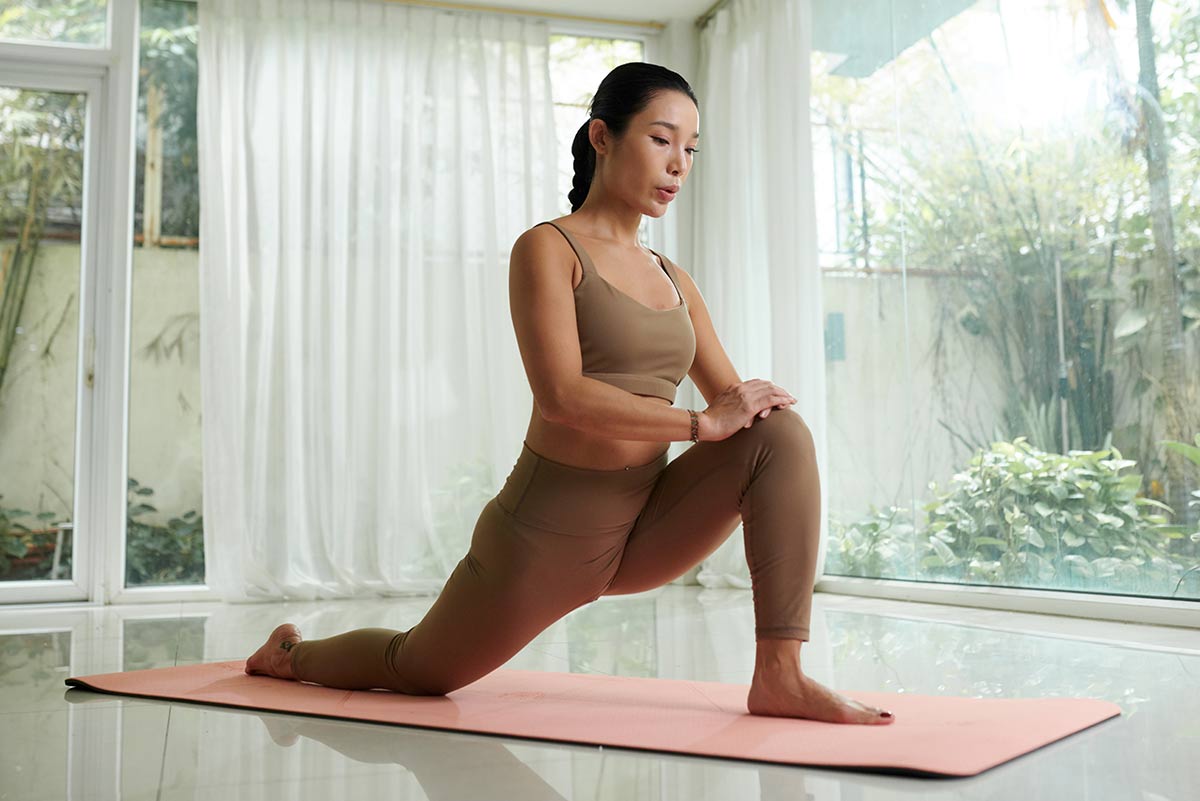
1. Hip Flexor Stretches
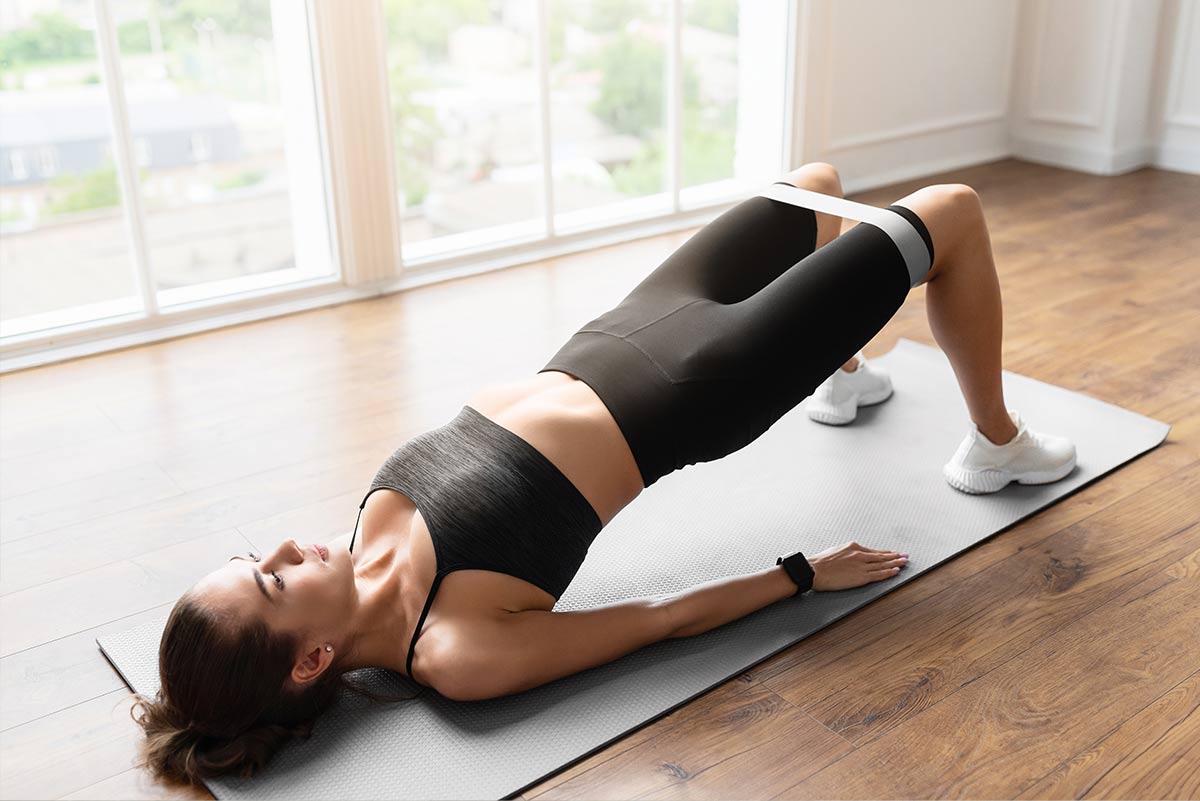
2. Glute Bridges
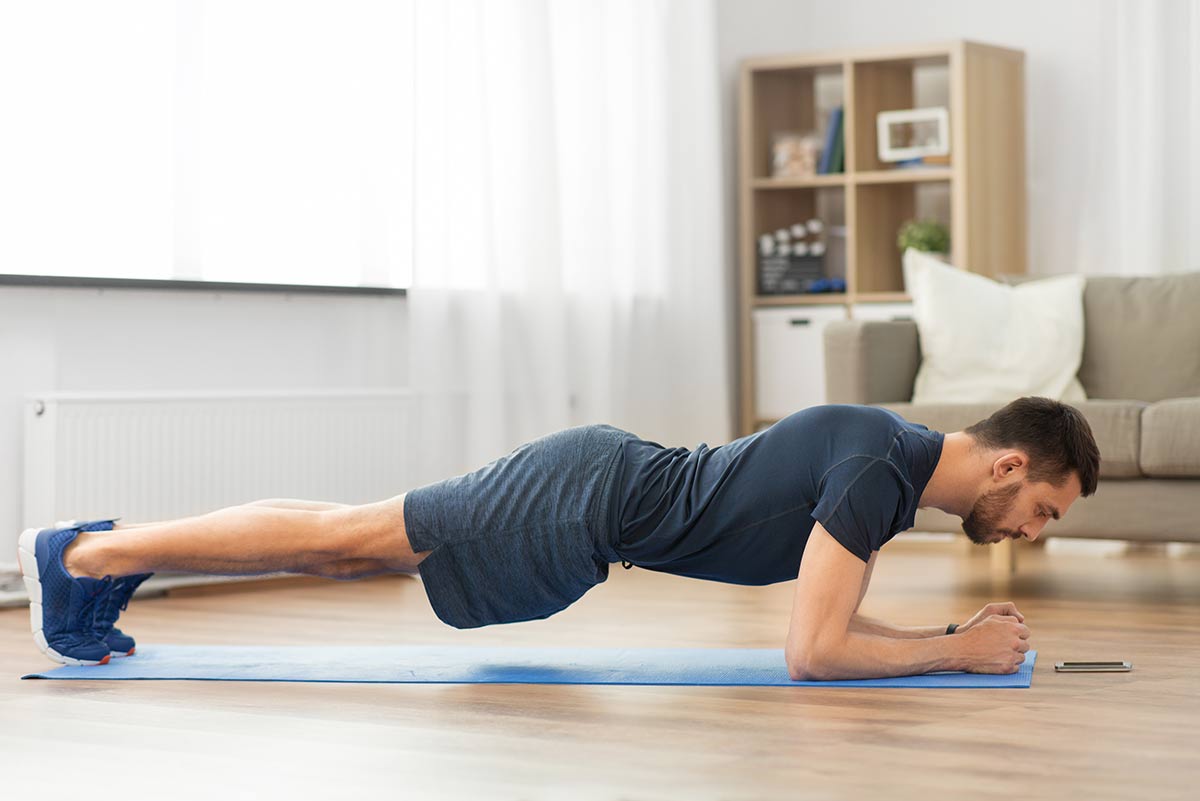
3. Core Control Drills
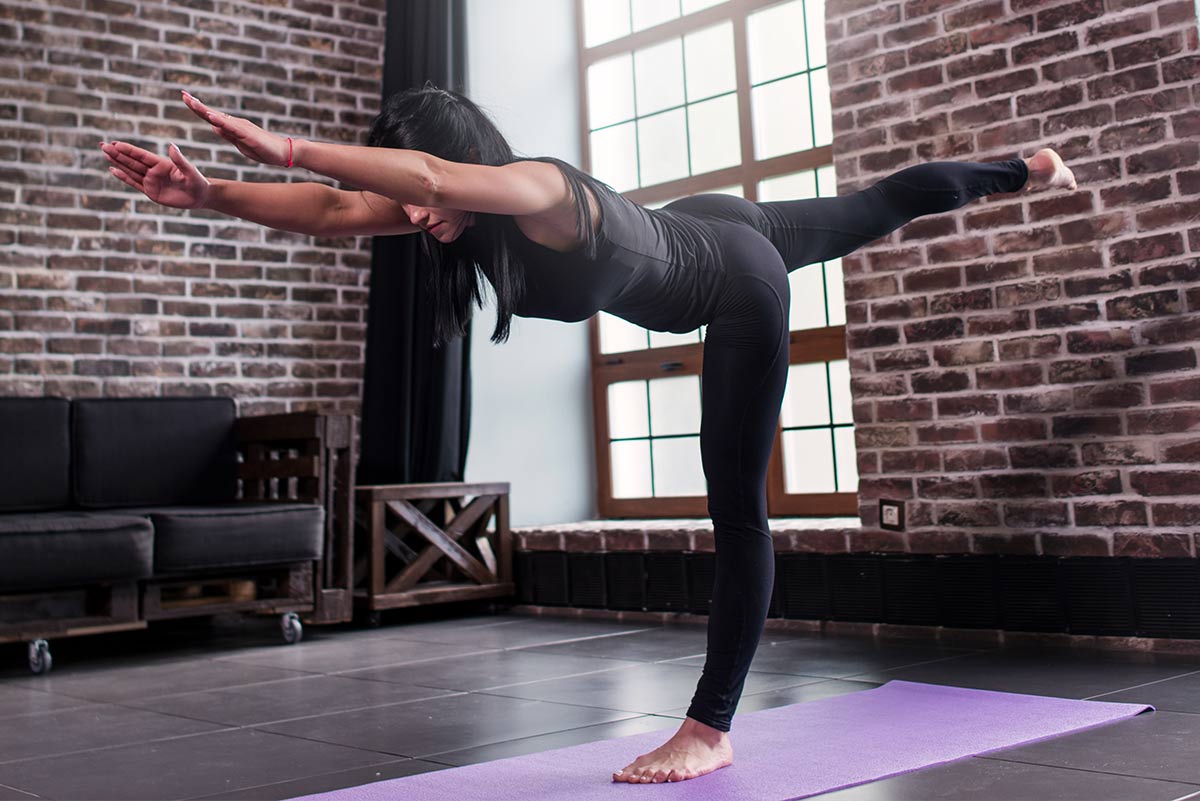
4. Single-Leg Balance Work
The Takeaway
Your hip flexors are a vital part of your core system and neglecting them can lead to avoidable lower back issues. A combination of stretching tight muscles and strengthening weak ones can dramatically improve your posture, reduce discomfort, and support better movement whether you’re running, training, or working at a desk.
At Atherapy, our expert physiotherapists can assess your posture, hip mobility, and core function to pinpoint the exact cause of your back pain. We’ll build a personalised treatment plan with hands-on therapy, corrective exercises, and workstation advice to get you moving pain-free again.


